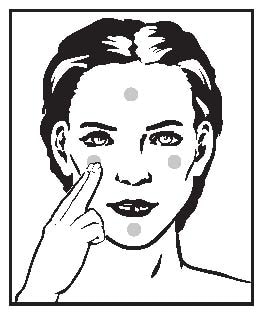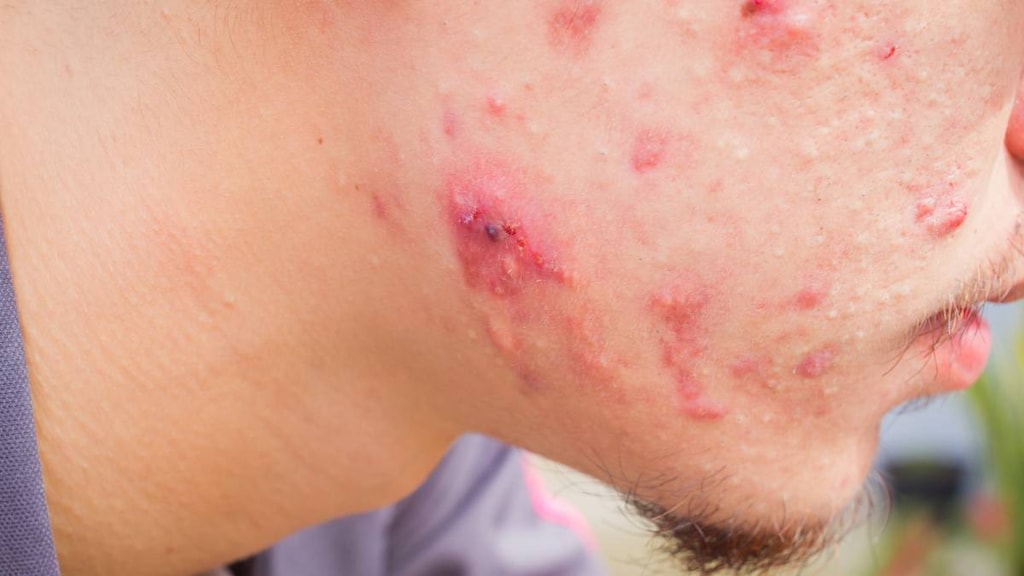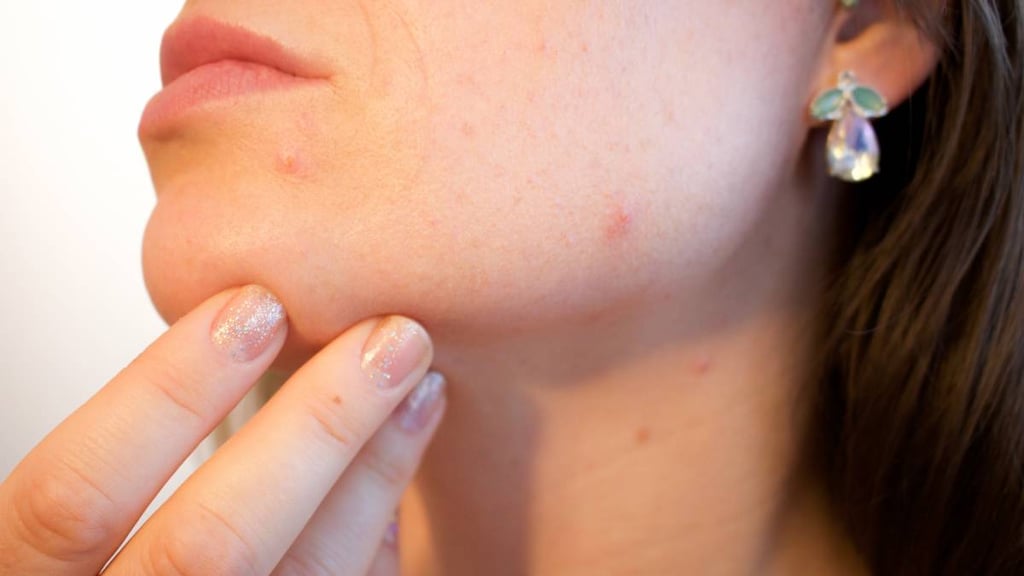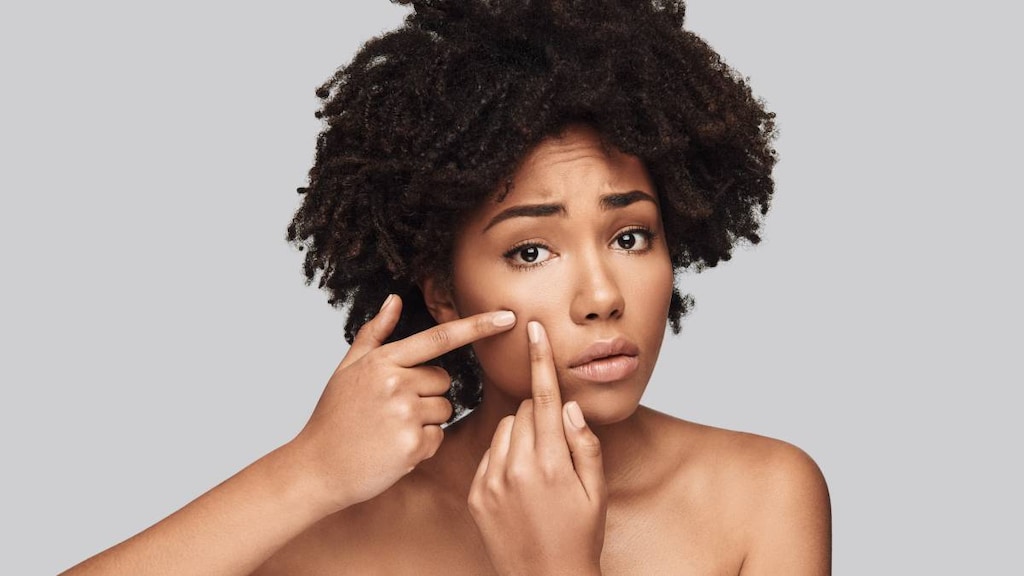What is Retin-A?
Retin-A is a prescription medication for the topical treatment of acne vulgaris.
What should I tell my healthcare provider before using Retin-A?
- If you are pregnant, think you are pregnant or are nursing an infant: No studies have been conducted in humans to establish the safety of Retin-A in pregnant women. If you are pregnant, think you are pregnant, or are nursing a baby, consult your physician before using this medication.
How should I use Retin-A?
While you're on Retin-A therapy
Use a mild, non-medicated soap. Avoid frequent washings and harsh scrubbing. Acne isn’t caused by dirt, so no matter how hard you scrub, you can’t wash it away. Washing too frequently or scrubbing too roughly may at times actually make your acne worse. Wash your skin gently with a mild, bland soap. Two or three times a day should be sufficient. Pat skin dry with a towel. Let the face dry 20 to 30 minutes before applying Retin-A. Remember, excessive irritation such as rubbing, too much washing, use of other medications not suggested by your physician, etc., may worsen your acne.
How to use Retin-A therapy
To get the best results with Retin-A therapy, it is necessary to use it properly. Forget about the instructions given for other products and the advice of friends. Just stick to the special plan your doctor has laid out for you and be patient. Remember, when Retin-A is used properly, many users see improvement by 12 weeks. Again, follow instructions - be patient- don't start and stop therapy on your own - if you have questions, ask you doctor.
To help you use the medication correctly, keep these simple instructions in mind.

- Apply Retin-A once daily before bedtime, or as directed by your physician. Your physician may advise, especially if your skin is sensitive, that you start your therapy by applying Retin-A every other night. First, wash with a mild soap and dry your skin gently. Wait 20 to 30 minutes before applying medication. It is important for skin to be completely dry in order to minimize possible irritation.
- It is better not to use more than the amount suggested by your physician or to apply more frequently than instructed. Too much may irritate the skin, waste medication and won’t give faster or better results.
- Keep the medication away from the corners of the nose, mouth, eyes and open wounds. Spread away from these areas when applying.
- Cream: Squeeze about a half inch or less of medication onto the fingertip. While that should be enough for your whole face, after you have some experience with the medication, you may find you need slightly more or less to do the job. The medication should become invisible almost immediately. If it is still visible, you are using too much. Cover the affected area lightly with Retin-A (tretinoin) Cream by first dabbing it on your forehead, chin and both cheeks, then spreading it over the entire affected area. Smooth gently into the skin.
- Gel: Squeeze about a half inch or less of medication onto the fingertip. While that should be enough for your whole face, after you have some experience with the medication, you may find you need slightly more or less to do the job. The medication should become invisible almost immediately. If it is still visible, or if dry flaking occurs from the gel within a minute or so, you are using too much. Cover the affected area lightly with Retin-A (tretinoin) Gel by first dabbing it on your forehead, chin and both cheeks, then spreading it over the entire affected area. Smooth gently into the skin.
- It is recommended that you apply a moisturizer or a moisturizer with sunscreen that will not aggravate your acne (noncomedogenic) every morning after you wash.
- Use other medications only on your physician’s advice. Only your physician knows which other medications may be helpful during treatment and will recommend them to you if necessary. Follow the physician’s instructions carefully.
- Do not allow anyone else to use this medication.
What to expect with your new treatment
Retin-A works deep inside your skin and this takes time. You cannot make Retin-A work any faster by applying more than one dose each day, but an excess amount of Retin-A may irritate your skin. Be patient.
There may be some discomfort or peeling during the early days of treatment. Some patients also notice that their skin begins to take on a blush.
These reactions do not happen to everyone. If they do, it is just your skin adjusting to Retin-A and this usually subsides within 2 to 4 weeks. These reactions can usually be minimized by following instructions carefully. Should the effects become excessively troublesome, consult your doctor.
By 3 to 6 weeks, some patients notice an appearance of new blemishes (papules and pustules). At this stage it is important to continue using Retin-A.
If Retin-A is going to have a beneficial effect for you, you should notice a continued improvement in your appearance after 6 to 12 weeks of therapy. Don’t be discouraged if you see no immediate improvement. Don’t stop treatment at the first signs of improvement.
Once your acne is under control you should continue regular application of Retin-A until your physician instructs otherwise.
What should I avoid while using Retin-A?
- You should avoid preparations that may dry or irritate your skin. These preparations may include certain astringents, toiletries containing alcohol, spices or lime, or certain medicated soaps, shampoos and hair permanent solutions.
- Do not use other medications with Retin-A which are not recommended by your doctor. The medications you have used in the past might cause unnecessary redness or peeling.
What are the possible side effects of Retin-A?
1. More susceptible sunburn
The effects of the sun on your skin. As you know, overexposure to natural sunlight or the artificial sunlight of a sunlamp can cause sunburn. Overexposure to the sun over many years may cause premature aging of the skin and even skin cancer. The chance of these effects occurring will vary depending on skin type, the climate and the care taken to avoid overexposure to the sun. Therapy with Rentin-A may make your skin more susceptible to sunburn and other adverse effects of the sun, so unprotected exposure to natural or artificial sunlight should be minimized.
Laboratory findings. When laboratory mice are exposed to artificial sunlight, they often develop skin tumors. These sunlight-induced tumors may appear more quickly and in greater number if the mouse is also topically treated with the active ingredient in Retin-A, tretinoin. In some studies, under different conditions, however, when mice treated with tretinoin were exposed to artificial sunlight, the incidence and rate of development of skin tumors was reduced. There is no evidence to date that tretinoin alone will cause the development of skin tumors in either laboratory animals or humans. However, investigations in this area are continuing.
Use caution in the sun. When outside, even on hazy days, areas treated with Retin-A should be protected. An effective sunscreen should be used any time you are outside (consult your physician for a recommendation of an SPF level which will provide you with the necessary high level of protection). For extended sun exposure, protective clothing, like a hat, should be worn. Do not use artificial sunlamps while you are using RETIN-A. If you do become sunburned, stop your therapy with RETIN-A until your skin has recovered.
2. Skin more vulnerable to wind and cold
Avoid excessive exposure to wind or cold. Extremes of climate tend to dry or burn normal skin. Skin treated with Retin-A may be more vulnerable to these extremes. Your physician can recommend ways to manage your acne treatment under such conditions.
3. Other skin problems
Possible problems. The skin of certain sensitive individuals may become excessively red, swollen, blistered or crusted. If you are experiencing severe or persistent irritation, discontinue the use of Retin-A and consult your physician.
4. Skin pigment changes
There have been reports that, in some patients, areas treated with Retin-A developed a temporary increase or decrease in the amount of skin pigment (color) present. The pigment in these areas returned to normal either when the skin was allowed to adjust to Retin-A or therapy was discontinued.
General information about the safe and effective use of Retin-A
All questions of a medical nature should be taken up with your doctor. For more information about Retin-A (tretinoin), call our toll-free number: 800-321-4576. Call between 9:00 a.m. and 3:00 p.m. Eastern Time, Monday through Friday.
How should I store Retin-A?
- Retin-A Cream: store below 80°F.
- Retin-A gels: store below 86°F.
- Retin-A gels are flammable. Avoid fire, flame or smoking during use.
- Do not expose to heat or store at temperatures about 120ºF (49ºC).
- Keep tube tightly closed.
- Keep out of reach of children.
What are the ingredients in Retin-A?
Active ingredients: Tretinoin
Inactive ingredients:
Cream: Stearic Acid; Isopropyl Myristate; Polyoxyl 40 Stearate; Stearyl Alcohol; Xanthan Gum; Sorbic Acid; Butylated Hydroxytoluene; Water
Gel: Butylated Hydroxytoluene; Alcohol; Tert-butyl alcohol; Brucine sulfate heptahydrate, hydroxypropyl cellulose, unspecified.





